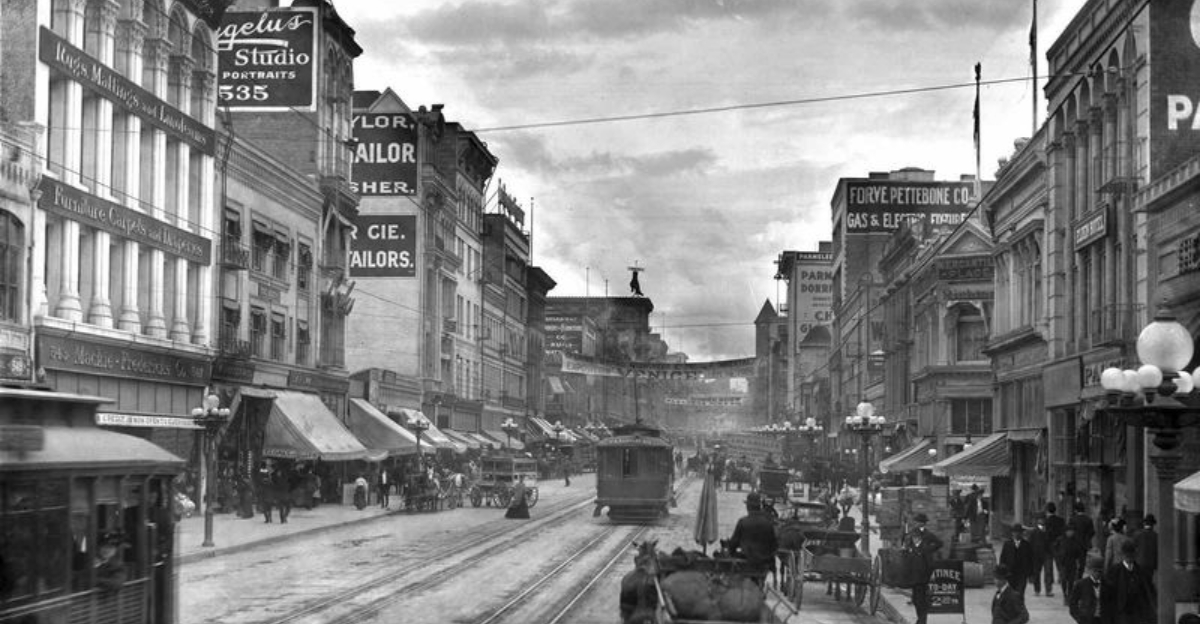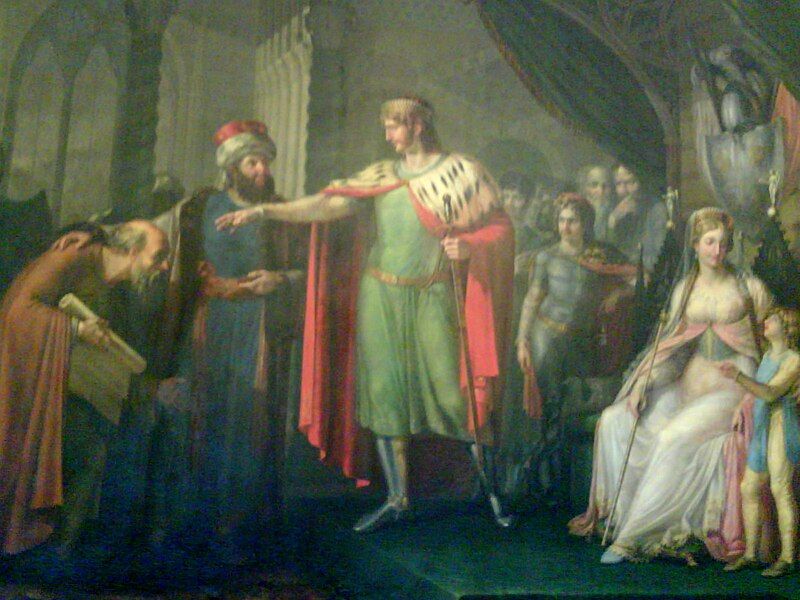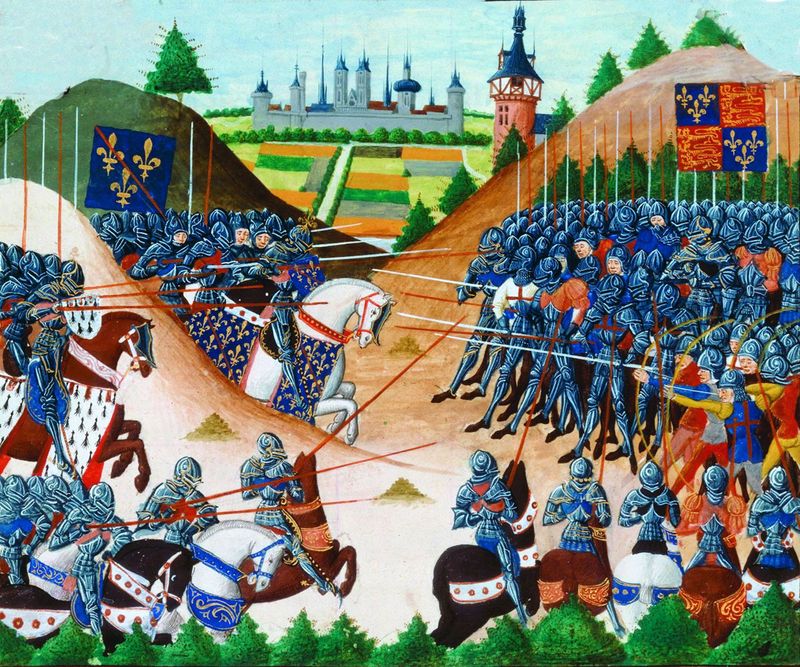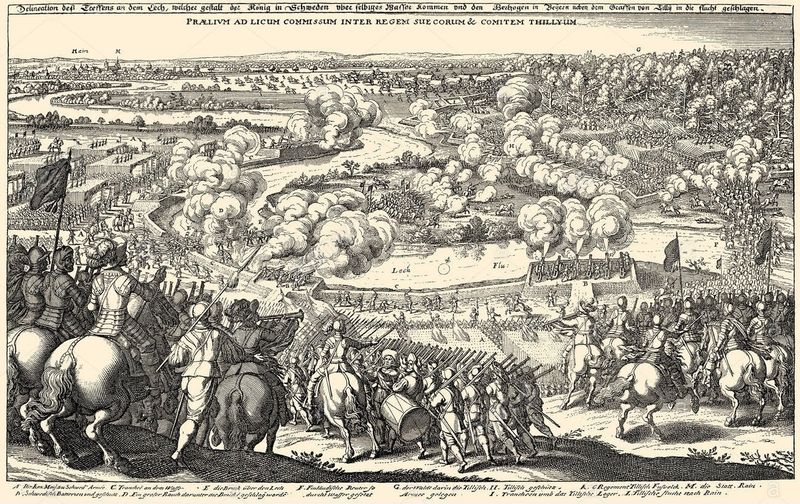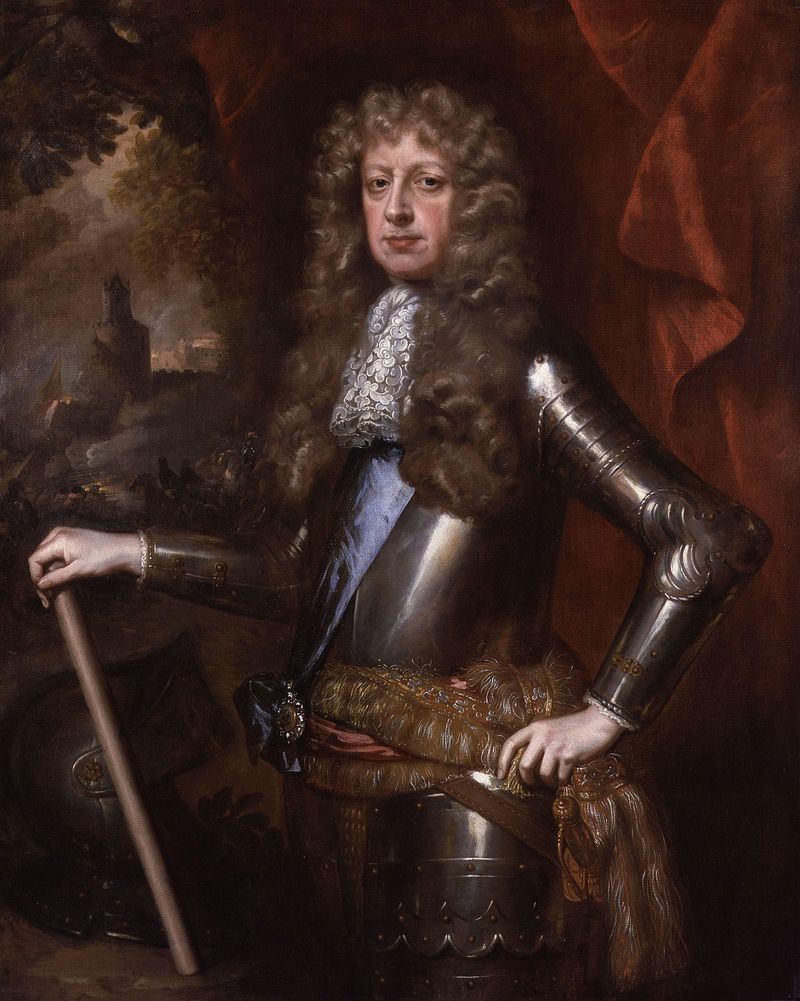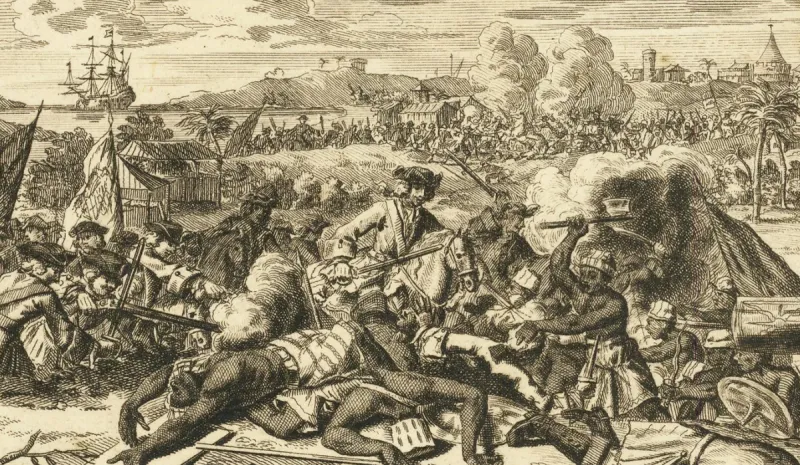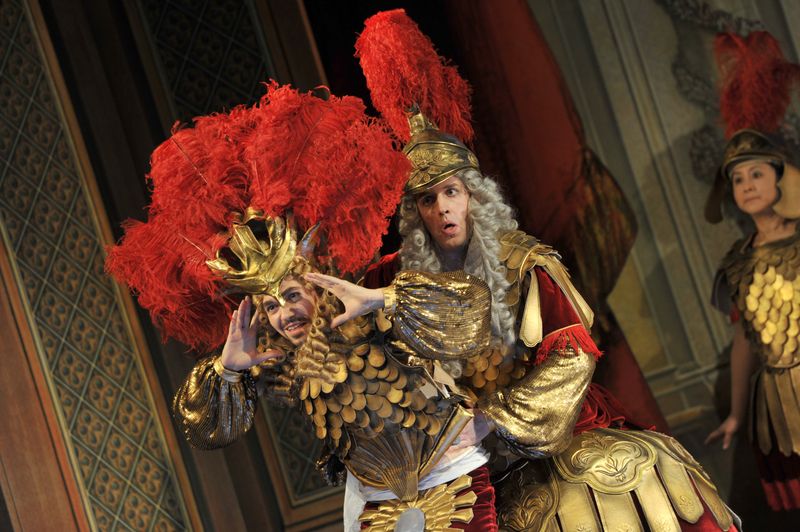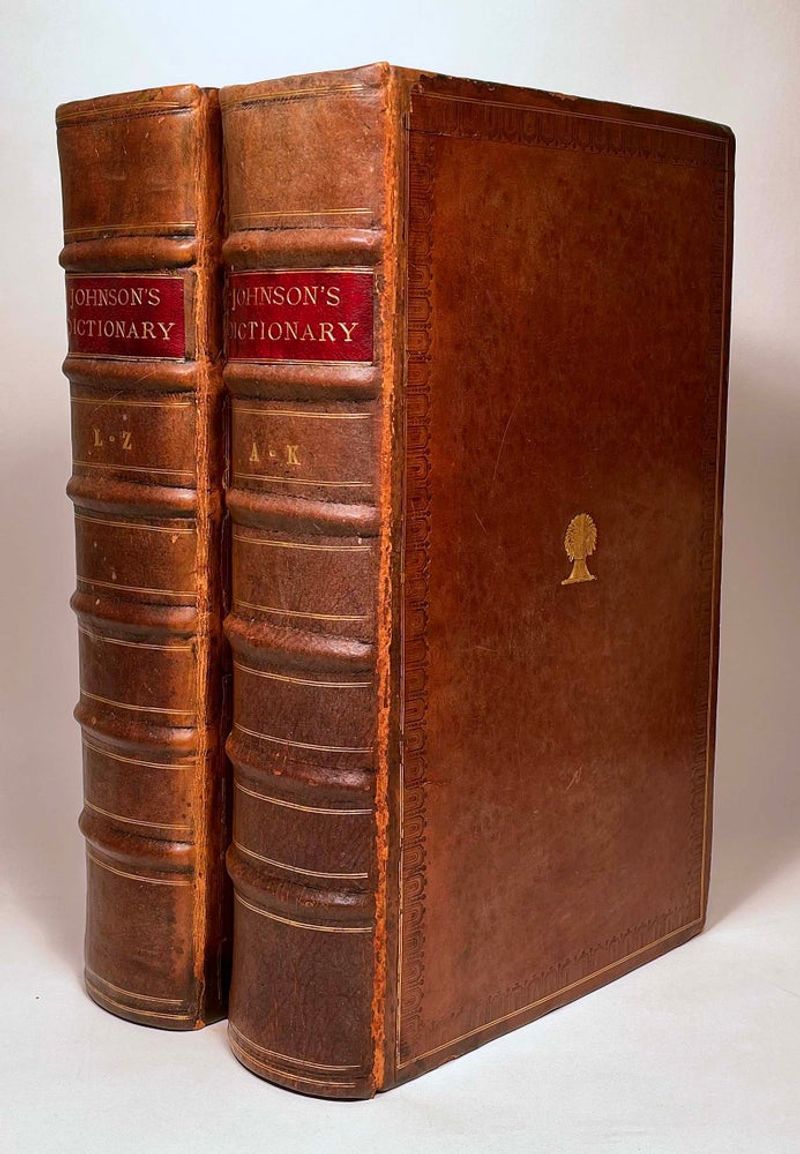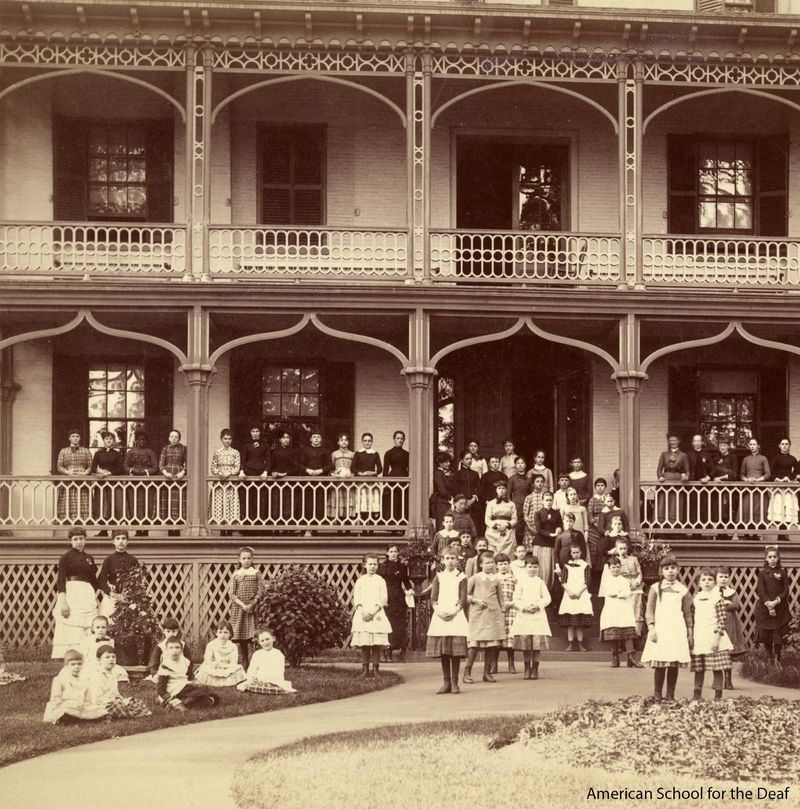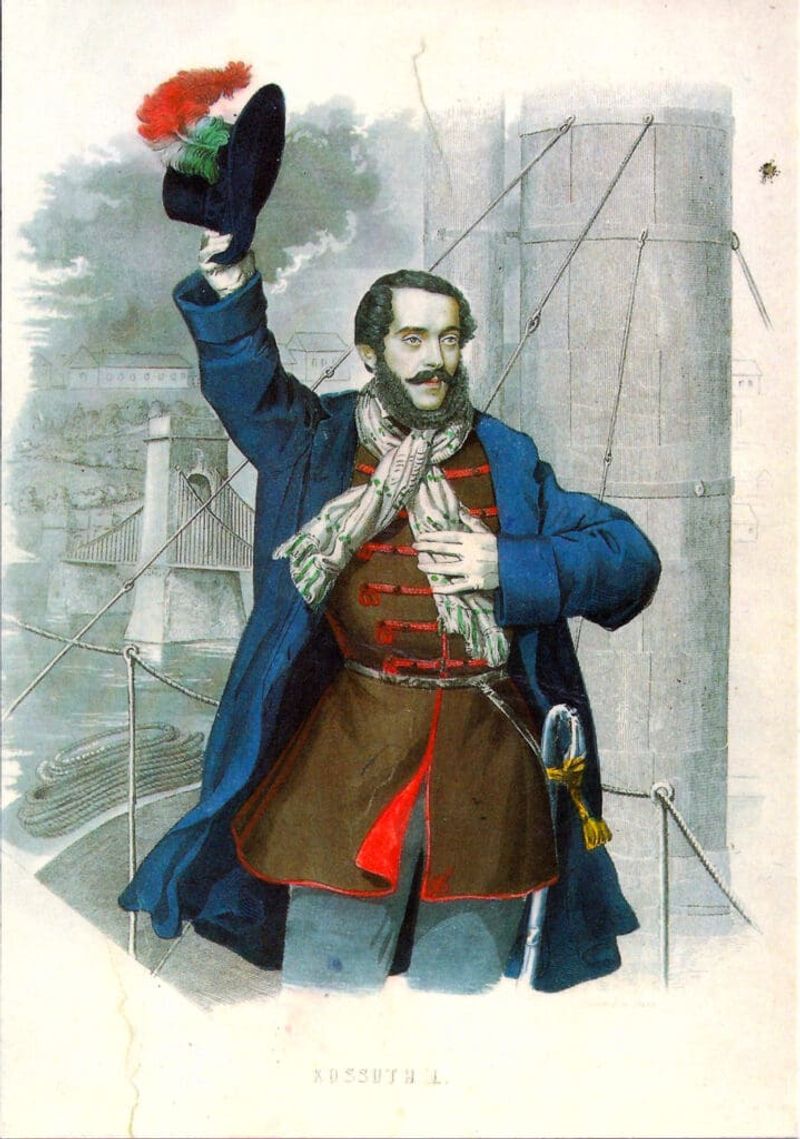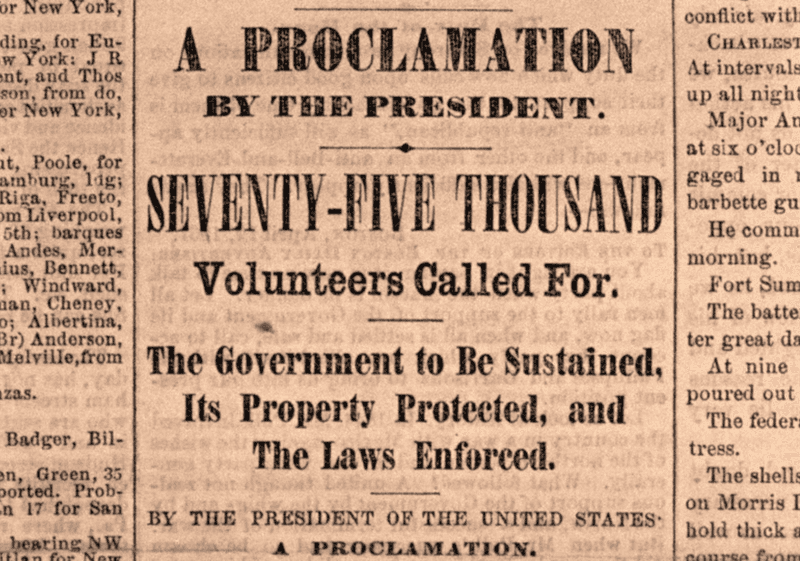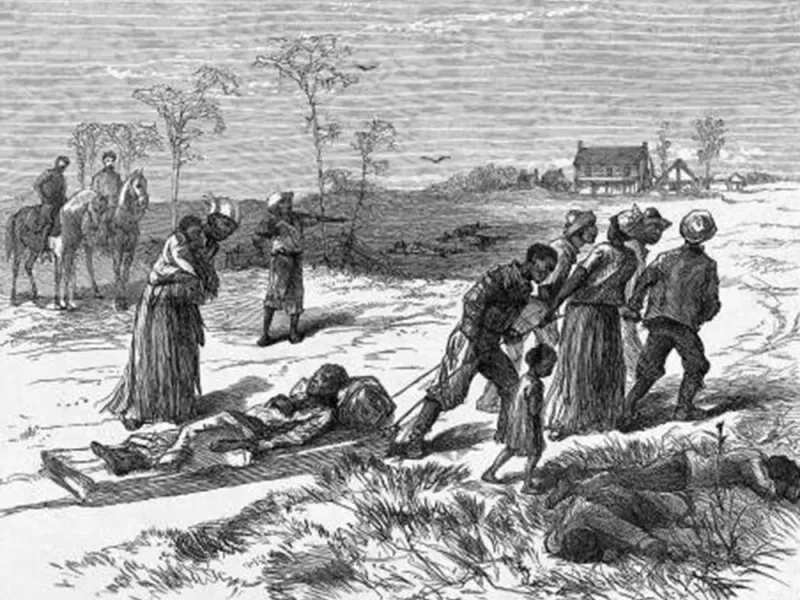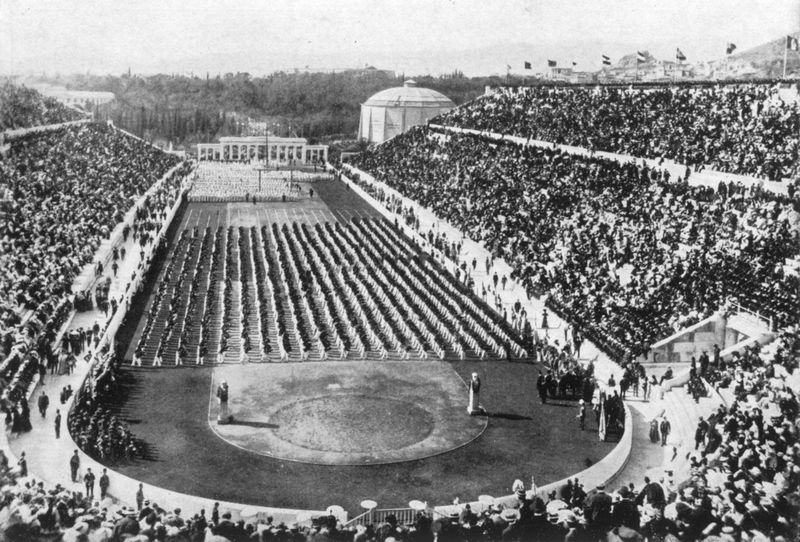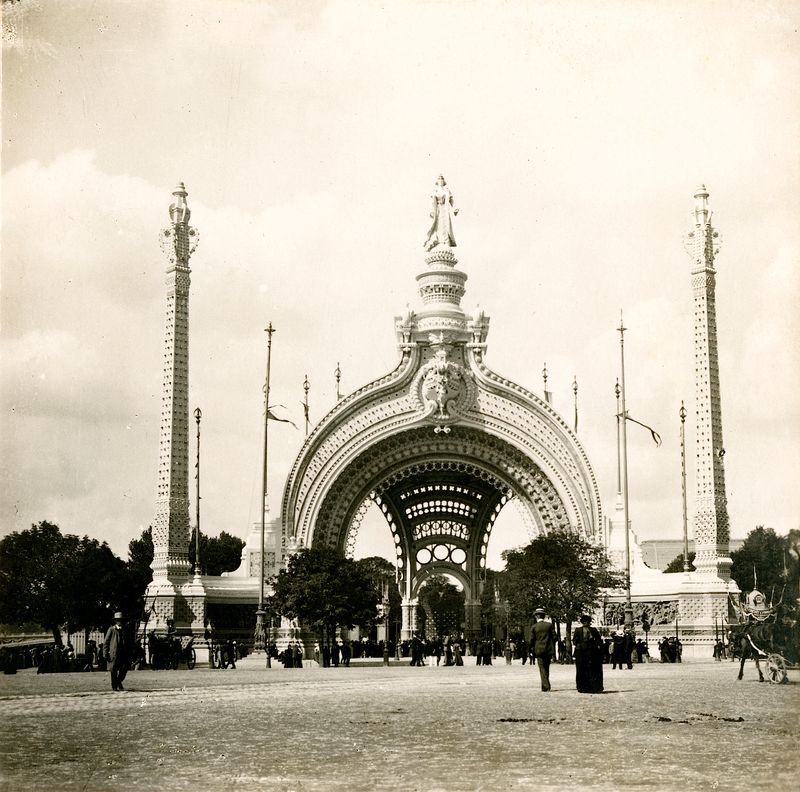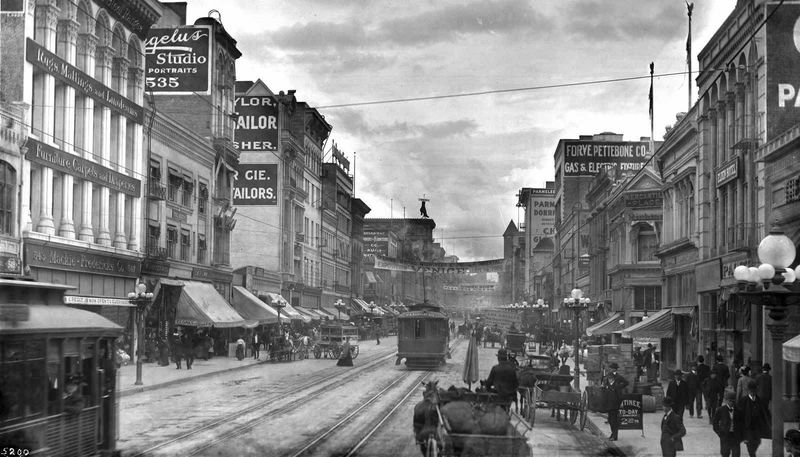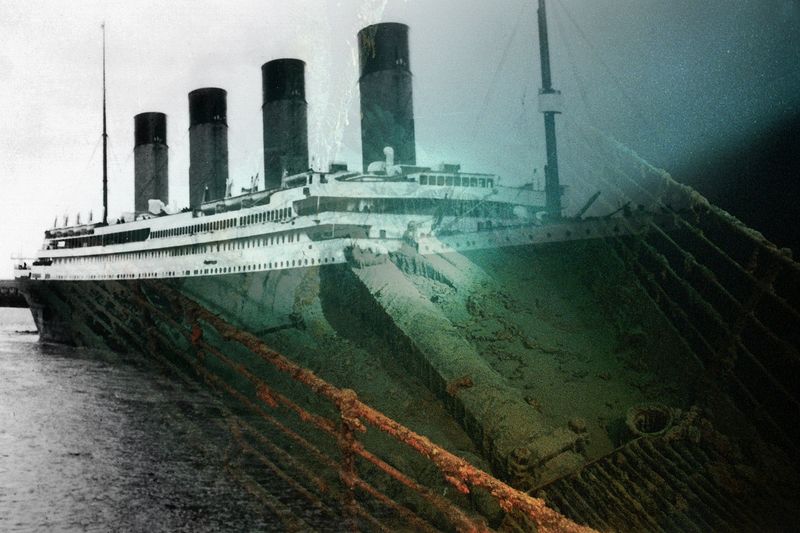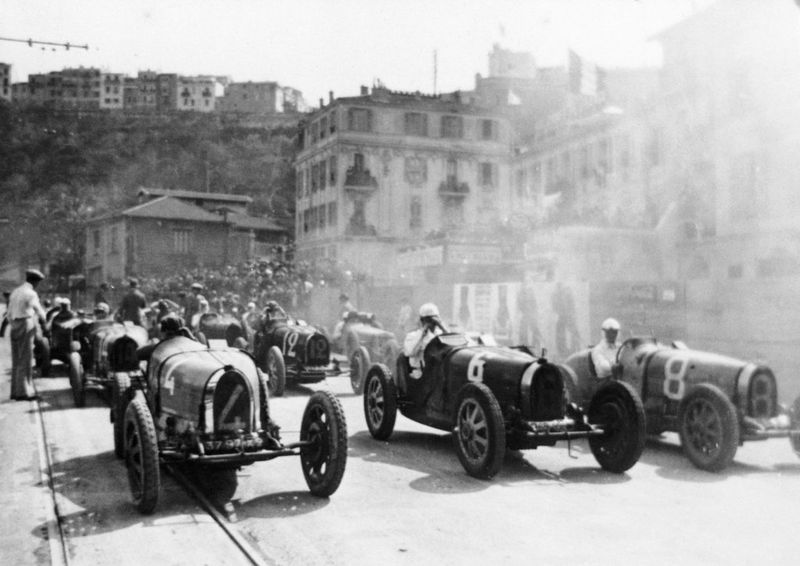April 15th has been a day of significant historical events that have shaped the course of history in various fascinating ways.
From momentous battles and political shifts to cultural touchdowns and technological advancements, this day serves as a reminder of the ever-evolving tapestry of human endeavor and achievement.
In this blog post, we’ll journey through 20 unforgettable events that have occurred on April 15th, offering a unique lens into the past and how it informs our present.
1. 769 – Lateran Council Concludes
On April 15, 769, the Lateran Council concluded after several sessions of theological deliberation. This council was convened to counter the iconoclastic teachings that had emerged from the Council of Hieria.
Delegates from various regions gathered, each adorned in their regional church attire, symbolizing the diverse nature of the Christian communion of the time.
They worked together to condemn iconoclasm, a movement that sought to abolish the use of religious images and icons, declaring it heretical.
This decision marked a significant affirmation of icon veneration, shaping the aesthetic dimensions of Christian worship.
2. 1071 – Bari Surrenders to Robert Guiscard
The year 1071 marked a pivotal turning point in the Mediterranean power dynamics as Bari, the last Byzantine stronghold in southern Italy, surrendered to Norman forces led by Robert Guiscard.
The city, surrounded by sea and fortified walls, had withstood a lengthy siege. With its strategic location and cultural wealth, Bari’s surrender marked the end of Byzantine influence in Italy and heralded a new era of Norman dominance.
This victory was not just a military triumph but a cultural shift, emphasizing the changing tides of power and governance in the Middle Ages.
3. 1450 – Battle of Formigny
On the fields of Formigny in 1450, the winds of war shifted dramatically as French forces achieved a decisive victory over the English. This battle was part of the Hundred Years’ War, a protracted series of conflicts that had ravaged France.
The French, employing innovative tactics and superior artillery, decimated the English troops. The battlefield echoed with the clash of swords and the roar of cannons, signaling the decline of English territorial control in northern France.
This success paved the way for the eventual end of foreign dominance on French soil.
4. 1632 – Battle of Rain
Amidst the tumult of the Thirty Years’ War, the Battle of Rain in 1632 stands out as a significant Swedish triumph.
Led by the charismatic King Gustavus Adolphus, the Swedish army clashed with the Holy Roman Empire’s forces, employing strategic prowess and determination. The river Lech provided a dramatic backdrop to this bloody confrontation.
Swedish advancements in military tactics and organization shone through, leading to a resounding victory. This battle not only altered the course of the war but also solidified Sweden’s position as a formidable power in Europe.
5. 1642 – Battle of Kilrush
In the heart of the Irish Confederate Wars, the Battle of Kilrush in 1642 was a sobering defeat for the Irish militia. The Royalist army, well-equipped and strategized, confronted the Irish forces attempting to halt their advance.
Set against the lush backdrop of Kilrush’s hills, the battle was marked by the sound of musket fire and the clash of pikes.
The defeat underscored the challenges faced by the Irish Confederates in their struggle for autonomy and highlighted the complexities of loyalty and power in 17th-century Ireland.
6. 1715 – Pocotaligo Massacre Sparks the Yamasee War
The Pocotaligo Massacre of 1715 ignited the Yamasee War, a conflict that would echo across colonial South Carolina. As tensions reached their peak, the Yamasee, once allies of the English settlers, attacked in a bid to reclaim their lands and autonomy.
This bloody confrontation, set against the backdrop of the untamed Carolina wilderness, was marked by the tumult of musket shots and the cries of combatants.
The ensuing war reshaped colonial-indigenous relations, illustrating the volatile nature of alliances and the constant struggle for power in early America.
7. 1736 – Foundation of the Kingdom of Corsica
In 1736, the Kingdom of Corsica was established under the rule of Theodore of Corsica, a figure of enigmatic charisma.
Amidst the rugged beauty of the Mediterranean island, Theodore’s leadership aimed to unite the Corsican people and assert independence from Genoese control.
Despite its brief existence, the kingdom symbolized the Corsican spirit of resilience and desire for self-determination.
The rocky landscapes and ancient villages bore witness to this audacious political experiment, which, though short-lived, reflected the turbulent politics of 18th-century Europe.
8. 1738 – Premiere of Handel’s Serse
London’s vibrant cultural scene was enriched on April 15, 1738, with the premiere of Handel’s opera, Serse. The audience, adorned in elegant Baroque attire, gathered in anticipation at the opera house.
Handel, a towering figure in music, presented this innovative work, blending humor and drama. The opera’s famous aria, “Ombra mai fu,” captured the hearts of listeners, showcasing Handel’s genius in composition.
Though initially met with mixed reviews, Serse has endured as a masterful example of Baroque opera, illustrating the evolving tastes and artistic expressions of the era.
9. 1755 – Publication of Samuel Johnson’s A Dictionary of the English Language
In 1755, Samuel Johnson unveiled his monumental work, A Dictionary of the English Language, in London. This ambitious project took nine years to complete and aimed to standardize English spelling and definitions.
Scholars and linguists marveled at Johnson’s dedication and erudition. The dictionary, with its detailed entries and insightful definitions, became a cornerstone of English lexicography and shaped the language for generations.
Its publication marked a watershed moment in literary history, illustrating the power of language to define and connect cultures.
10. 1817 – Founding of the American School for the Deaf
On April 15, 1817, the American School for the Deaf opened its doors in Hartford, Connecticut, marking a pivotal moment for education in the United States.
Founded by Thomas Hopkins Gallaudet and Laurent Clerc, this institution was the first of its kind, dedicated to teaching deaf students. The school embraced innovative teaching methods, including sign language, to foster effective communication.
It stood as a beacon of inclusivity and empowerment, offering deaf individuals the opportunity to engage fully with the world around them and paving the way for future educational reforms.
11. 1849 – Hungary Declares Independence Under Lajos Kossuth
In the revolutionary climate of 1849, Hungary boldly declared its independence from Austrian rule, with Lajos Kossuth at the forefront. A fervent advocate for national sovereignty, Kossuth inspired masses with his impassioned speeches.
The declaration, set against the backdrop of Budapest’s historic streets, envisioned a Hungary free from foreign domination.
Though the struggle for independence faced numerous challenges, this moment was a testament to the enduring spirit of the Hungarian people.
It highlighted the universal quest for self-determination and the power of collective action in shaping a nation’s destiny.
12. 1861 – President Lincoln Calls for 75,000 Volunteers
In the early days of the American Civil War, President Abraham Lincoln issued a call on April 15, 1861, for 75,000 volunteers to join the Union army. His call to arms resonated across the Northern states, stirring both patriotic fervor and anxiety.
Men from various walks of life responded, donning uniforms and preparing to fight for the preservation of the Union.
Lincoln’s proclamation marked a significant escalation in the conflict, setting the stage for a war that would determine the fate of a divided nation and redefine the meaning of freedom and unity.
13. 1873 – The Colfax Massacre in Louisiana
The Colfax Massacre on April 13, 1873, remains one of the darkest moments in Reconstruction-era Louisiana. Armed white supremacists, refusing to accept the political empowerment of African Americans, attacked the courthouse in Colfax.
The resulting violence led to the deaths of numerous black men, many of whom had surrendered.
This atrocity exposed the volatile and often violent resistance to Reconstruction efforts in the South, highlighting the deep-seated racial tensions that continued to simmer long after the Civil War’s end.
The massacre underscored the ongoing struggle for equality and justice.
14. 1892 – Formation of the General Electric Company
The formation of the General Electric Company on April 15, 1892, marked a significant milestone in American industrial history. Spearheaded by Thomas Edison and his pioneering inventions, GE emerged as a leader in electrical innovation.
The company’s formation symbolized the dawn of a new technological era, with electricity revolutionizing daily life and industry.
From illuminating homes to powering machinery, GE’s contributions laid the groundwork for modern conveniences and advancements. This event underscored the transformative power of technology and its ability to reshape society.
15. 1896 – Closing Ceremony of the Games of the I Olympiad in Athens
April 15, 1896, saw the conclusion of the first modern Olympic Games in Athens, bringing together athletes from around the world.
The closing ceremony celebrated athletic achievement and international camaraderie, set against the backdrop of Greece’s historic landmarks. Athletes marched with pride, reflecting on their performances and the spirit of competition.
This pivotal moment in sports history revived the ancient Olympic tradition, fostering global unity and inspiring future generations to pursue excellence.
The Games of the I Olympiad marked the beginning of a new era in international sportsmanship and collaboration.
16. 1900 – Exposition Universelle Opens in Paris
Paris became the epicenter of global innovation on April 15, 1900, with the grand opening of the Exposition Universelle. This world fair showcased technological marvels, cultural exhibits, and artistic achievements from across the globe.
Visitors, dressed in their finest early 20th-century attire, marveled at the diversity and creativity on display. The Eiffel Tower, a symbol of architectural brilliance, stood proudly as the centerpiece of the exposition.
This event celebrated the dawn of a new century, marked by rapid advancements and a commitment to progress and international cooperation.
17. 1906 – Azusa Street Revival Begins
April 15, 1906, marked the beginning of the Azusa Street Revival in Los Angeles, a spiritual awakening that gave rise to the Pentecostal movement.
The revival meetings, held in a modest makeshift chapel, drew people from all walks of life, united by a shared desire for spiritual renewal. The air buzzed with fervent prayers and ecstatic worship, as the Holy Spirit’s presence was felt powerfully.
This revival transcended cultural and racial barriers, emphasizing the universal longing for connection and transformation. The Azusa Street Revival left a lasting legacy on global religious practice.
18. 1912 – RMS Titanic Hits an Iceberg and Begins to Sink
RMS Titanic was a British ocean liner that sank in the early hours of 15 April 1912 as a result of striking an iceberg on her maiden voyage from Southampton, England, to New York City, United States.
Of the estimated 2,224 passengers and crew aboard, approximately 1,500 died, making the incident one of the deadliest peacetime sinkings of a single ship.
Titanic, operated by White Star Line, carried some of the wealthiest people in the world, as well as hundreds of emigrants from the British Isles, Scandinavia, and elsewhere in Europe who were seeking a new life in the United States and Canada.
The disaster drew public attention, spurred major changes in maritime safety regulations, and inspired a lasting legacy in popular culture.
19. 1929 – Inaugural Monaco Grand Prix Takes Place
The streets of Monaco came alive on April 14, 1929, with the roar of engines as the inaugural Monaco Grand Prix kicked off.
This thrilling race, winding through the principality’s narrow roads and sharp turns, quickly captured the imaginations of motorsport enthusiasts. Drivers, adorned in classic 1920s racing attire, maneuvered their vintage cars with skill and daring.
The crowd’s cheers echoed off the elegant facades of Monaco, marking the beginning of a storied tradition in the world of racing. The Monaco Grand Prix has since become synonymous with prestige and high-speed excitement.
